I am Eduardo Vecchio, 38 years old, from Buenos Aires, Argentina. Back in the 90s, the photos that I took were merely mementos of birthdays and holidays, taken without much thought using a compact 35mm film camera (a Canon Snappy 20 and later a Vivitar PS25).
I started taking photos in a “conscious” way not so long ago, around 2012, with my first DSLR, a Nikon D5100. It was with that camera and its manual control, that I learned the basic techniques of photography and began to make the effort to capture photos that are aesthetically appealing or at least interesting in some way. Spoiler Alert: I am still struggling and usually do not achieve that goal.
But this article is not one about a fully fledged DSLR, nor of a 35mm film compact camera. Instead, I am going to write some lines and show you five recent pictures taken with a digicam from the year 2000. The camera in question is the Agfa ePhoto CL18.
It was my family’s first digital camera and the very first one that I ever used. A small camera that serves as an example of the transitional technology from film to digital, having the limitations of both and the advantages of neither.
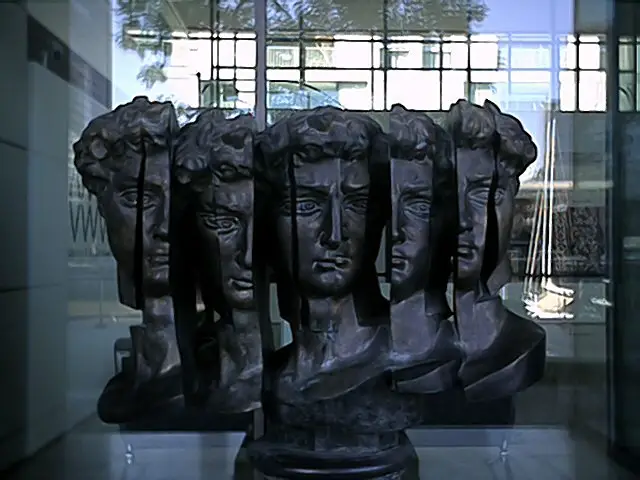
The camera
The Agfa ePhoto CL18 is a compact automatic digicam manufactured by Agfa. It features a 7.2 mm (45mm equivalent) f2 fixed lens with free focus (50 cm to infinity) and a shutter speed of 1/10000 sec to 1 sec. It is equipped with a 640 x 480 CMOS sensor (0.3 megapixels) and has 2MB of internal, non-expandable memory, allowing you to capture a whopping 16 “High-Quality” low-compression or 32 standard compressed JPGs. It includes a built-in auto flash.
According to Agfa’s announcement of April 12, 2000, which can be found in DPreview, it was supposed to have auto flash / fill-in / red eye reduction / disable, but in mine only has Auto Flash On/Off. The user manual does not mention these options either.
The only other control is Timer (ON/OFF).
A small LCD display shows the camera’s configuration, the remaining number of pictures and the selected quality. From there, you can delete the last photo taken or all the photos stored. It also has a green LED next to the viewfinder, that blinks when the flash is loading or when a picture is being taken and saved. It stays solid green when it is on and ready to shoot.
To frame your shots, you only have a small optical viewfinder. There is no screen, so you must transfer the pictures to a computer to view them.
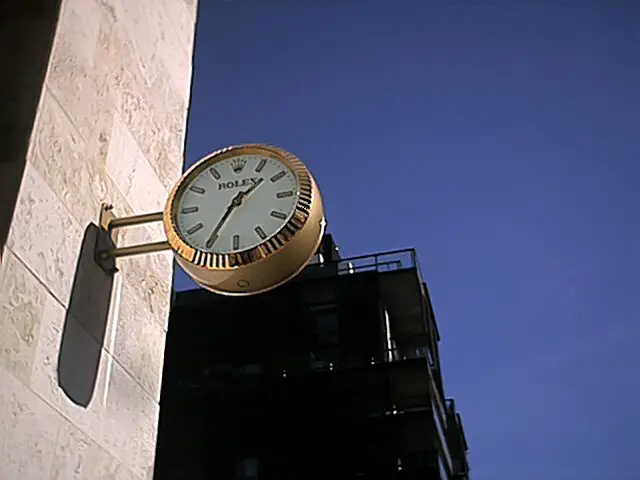
Alternatively, you could connect the camera to a TV, using a mini video output plug to RCA, choose PAL/NTSC and enter the “play” mode. This allows you to view your pictures on the TV and create a basic presentation.
When connected to a computer by USB, the camera can also be used as a 640 x 480, 15fps webcam for videoconferencing, or saving videos directly to your PC.
The CL18 operates on 2 AA batteries. With sparing use of the flash, the batteries should last long. While connected to a computer with the USB cable, it is powered by the PC and does not use battery power.

Connection Issues
The Agfa ePhoto CL18, like many cameras and scanners from that era, uses TWAIN driver, which is not natively supported by Windows since Vista. I tried using virtual machines without success. To download the pictures I had to rely on another vintage piece of technology, an Asus Eee from 2007 netbook running Windows XP. Even then, the process involved trial and error. The driver and Corel House Print can be found on the internet, but TWAIN refused to connect with the camera. After fumbling with device management, at one moment, the machine recognized the camera and pictures suddenly appeared.
Conclusions
It is small and lightweight (less than 180 grams), it uses AA batteries and can double as a webcam. I am afraid that these are all the pros.
Now for the cons. The most annoying issue is the significant lag between pressing the shutter release button and the actual capture. This is even mentioned in the manual. To avoid blurry images, you need to hold the camera steady, like a sniper rifle, before, during, and slightly after you believe the photo was taken.
Not to mention in low light situations, as the shutter will go to 1 second if needed. Also there is no indication of under or overexposure; it always allows you to take the picture.
I did not notice much of a difference between the two qualities, but even in standard, 32 pics are too few, considering that you cannot just put in another memory and that you need a computer to download the pictures already taken.
The resolution and dynamic range are poor to say the least, and the images are plagued with chromatic aberrations.
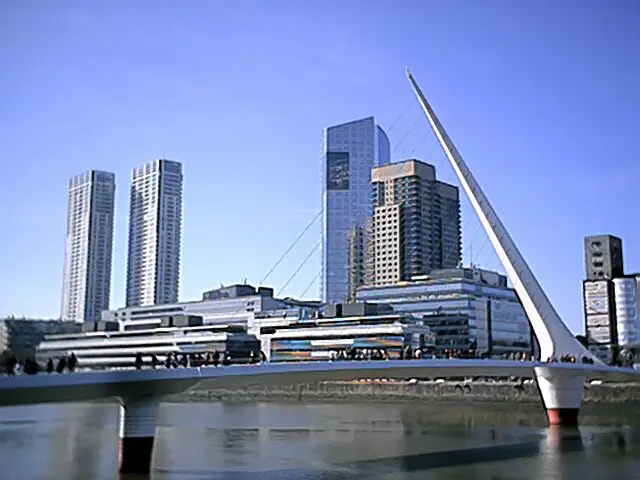
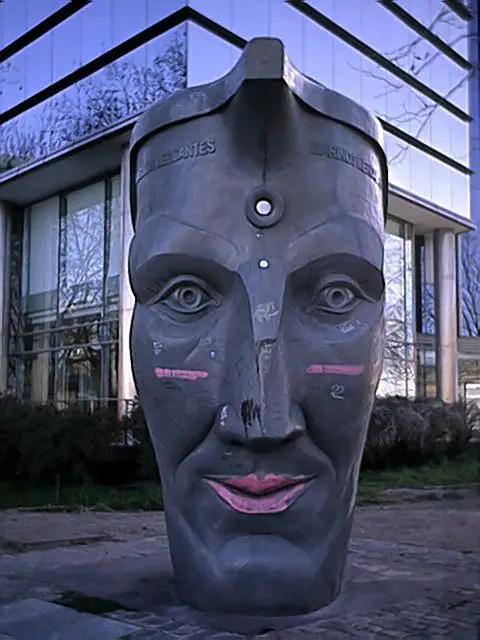
TL; DR:
The Agfa ePhoto CL18 is completely obsolete and has more drawbacks than advantages, even for the year 2000. Prone to shakiness; less pictures than a roll of film; less quality and less dynamic range; still cannot see the picture immediately after taken. For all these reasons is that we were still using of film for a couple of years.
Despite all its limitation, it was the first digital camera I ever used, and for that reason, it will always hold a special place in my memory.
Eduardo Andres Vecchio
PS: This Agfa ePhoto CL18 was not technically the first digicam in my family. The first one was another CL18 that malfunctioned before a year of use (started to show artifacts and weird colored lines in the JPGs). Agfa honored the warranty and provided us with a new CL18, which is the one I used to capture the photos for this article.
More of my photos, mostly digital on https://www.instagram.com/ecoalfavictor/ and just film at https://www.lomography.com/homes/ecoalfavictor
Share this post:
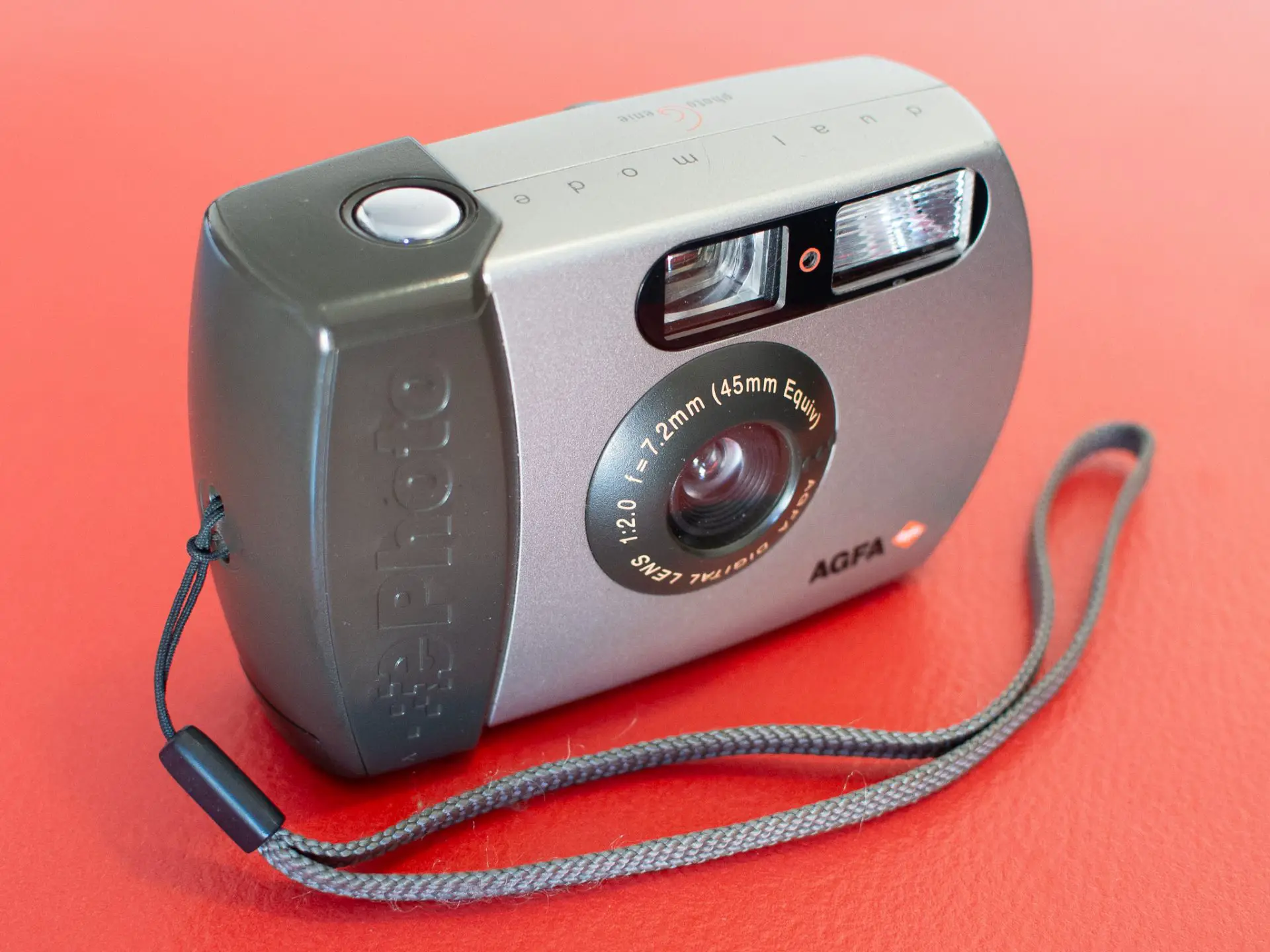








Comments
Paul Trantow on Agfa ePhoto CL18 – A digicam from the year 2000
Comment posted: 16/08/2023
Comment posted: 16/08/2023
Comment posted: 16/08/2023
Graham Knox on Agfa ePhoto CL18 – A digicam from the year 2000
Comment posted: 17/08/2023
Alan Simpson on Agfa ePhoto CL18 – A digicam from the year 2000
Comment posted: 17/08/2023
Comment posted: 17/08/2023
Scott Gitlin on Agfa ePhoto CL18 – A digicam from the year 2000
Comment posted: 21/08/2023
Comment posted: 21/08/2023
Eduardo Andres Vecchio on Agfa ePhoto CL18 – A digicam from the year 2000
Comment posted: 24/08/2023
Thanks for your comment.
Molly Kate on Agfa ePhoto CL18 – A digicam from the year 2000
Comment posted: 24/08/2023
Comment posted: 24/08/2023
Aaron H. on Agfa ePhoto CL18 – A digicam from the year 2000
Comment posted: 09/11/2023
Comment posted: 09/11/2023